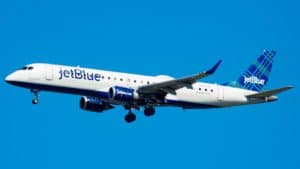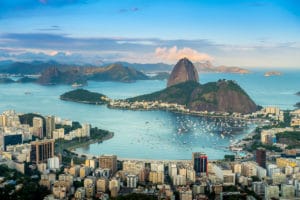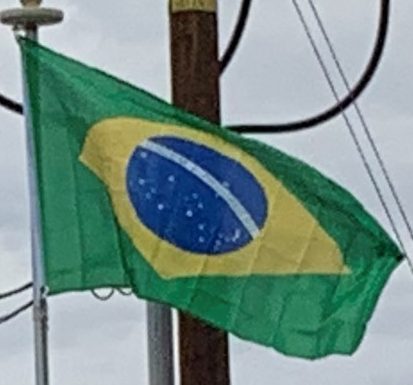The industry – from automobiles, steel and petrochemicals to computers, aircraft and consumer durables – accounted for 30.8% of the gross domestic product. Industry is highly concentrated in metropolitan São Paulo, Rio de Janeiro, Campinas, Porto Alegre, and Belo Horizonte. Brazil has become the fourth largest car market in the world. Major export products include aircraft, electrical equipment, automobiles, ethanol, textiles, footwear, iron ore, steel, coffee, orange juice, soybeans and corned beef. In total, Brazil ranks 23rd worldwide in value of exports.

Brazil pegged its currency, the real, to the U.S. dollar in 1994. However, after the East Asian financial crisis, the Russian default in 1998 and the series of adverse financial events that followed it, the Central Bank of Brazil temporarily changed its monetary policy to a managed-float scheme while undergoing a currency crisis, until definitively changing the exchange regime to free-float in January 1999.
Corruption costs Brazil almost $41 billion a year alone in 2010, with 69.9% of the country’s firms identifying the issue as a major constraint in successfully penetrating the global market. Local government corruption is so prevalent that voters perceive it as a problem only if it surpasses certain levels, and only if a local media e.g. a radio station is present to divulge the findings of corruption charges. Initiatives, like this exposure, strengthen awareness which is indicated by the Transparency International’s Corruption Perceptions Index; ranking Brazil 69th out of 178 countries in 2012. The purchasing power in Brazil is eroded by the so-called Brazil cost.
Brazil also has a large cooperative sector that provides 50% of the food in the country. The worlds largest healthcare cooperative Unimed is also located in Brazil, and accounts for 32% of the healthcare insurance market in the country.
Tourism in Brazil is a growing sector and key to the economy of several regions of the country. The country had 6.36 million visitors in 2015, ranking in terms of the international tourist arrivals as the main destination in South America and second in Latin America after Mexico. Revenues from international tourists reached US$6 billion in 2010, showing a recovery from the 2008–2009 economic crisis. Historical records of 5.4 million visitors and US$6.8 billion in receipts were reached in 2011.

Natural areas are its most popular tourism product, a combination of ecotourism with leisure and recreation, mainly sun and beach, and adventure travel, as well as cultural tourism. Among the most popular destinations are the Amazon Rainforest, beaches and dunes in the Northeast Region, the Pantanal in the Center-West Region, beaches at Rio de Janeiro and Santa Catarina, cultural tourism in Minas Gerais and business trips to São Paulo city.
Transportation:
Brazilian roads are the primary carriers of freight and passenger traffic. The road system totaled 1.23 million miles in 2002. The total of paved roads increased from 22,056 miles in 1967 to 114,419 miles.
